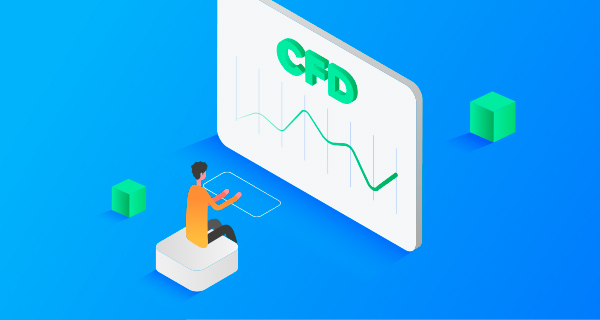Trading is about making decisions. It turns money into more money by trading assets, including currencies, commodities, and stocks. Using your skills as an investor or trader can turn $100 into $200 very quickly – you have to be the right person at the right time, with the proper knowledge and tools.
CFDs are a low-risk investment strategy traded on margin, meaning that when you buy or sell, your position is leveraged. You only have to give a small amount of the total transaction value to start trading – this reduces your loss exposure significantly if markets change unfavorably.
The most crucial thing in CFD trading is timing, so there are lots of short-term strategies that aim to give you an edge in the marketplace. The following steps will help you build a good foundation for successful CFD trading in Australia.

Open a CFD trading account.
Before you start trading, you must ensure that the company you decide on offers real-time data and allows you to download it. It would be best to also place trades through a reliable broker regulated by the Australian Securities and Investment Commission (ASIC).
Learn Technical Analysis
To use technical analysis effectively for currency trading purposes (profit or loss is calculated from examining price charts with trend lines and support levels), concluding what the currency may do next based on historical data analysis. It is an important skill set that needs attention if profitable trading results are going to be achieved.
Decide On A Trading Platform
Platforms can be either web-based or desktop. They allow you to view charts and price quotes and perform technical analysis to make educated trading decisions. When choosing a platform, consider its ease of use, and whether it would work on the device, you plan to trade from (some platforms are PC only while others offer mobile support).
Choose A Currency Pair
You need to know what currency pairings are available for CFDs before you can get started trading, so check with your brokerage service provider. Once you have decided which currencies you want to trade in, it is time to learn how to analyze price trends. Remember that there are several tools available that you can use for technical analysis; therefore, do your research and ensure you choose the one which works best for you.
Use Japanese Candlestick Charts
Japanese candlesticks show a range of data, including opening price, closing price, high and low prices, and trading volumes from the previous day. They help traders see current market sentiment by showing where the currency opened and closed relative to its high and low during that time frame. It is also easy to spot support or resistance levels on these charts and other critical areas that traders need to know about when deciding whether or not it is an excellent time to trade a particular currency.
Analyse Price Charts
A price chart displays information about the highs and lows that a currency pair has reached over a certain period. It also demonstrates how much the currency pair has changed during that period. You can set up your charts according to intervals such as 1 minute, 5 minutes, 15 minutes, one hour, four hours, and daily. Some traders prefer to view longer-term charts, which are updated periodically throughout the day, while others watch for shorter patterns that occur within only an hour or less.
Use Fibonacci Retracement
A Fibonacci retracement is a popular tool that identifies retracement levels. These are areas where the market may find support if it moves lower or resistance if it moves higher. Traders can use it on all time frames and with all currency pairs.
Short-term traders can use Fibonacci retracement to help them decide when to buy or sell a given currency pair. There is no universal rule for this technique, as each trader must decide what works best for them.
Master Money Management
Money management refers to the rules set up in advance that govern how much you trade, when you change and when you increase your trading size. It is about managing risk because no matter what system or strategy you use, there is always a level of risk associated with trading.



























